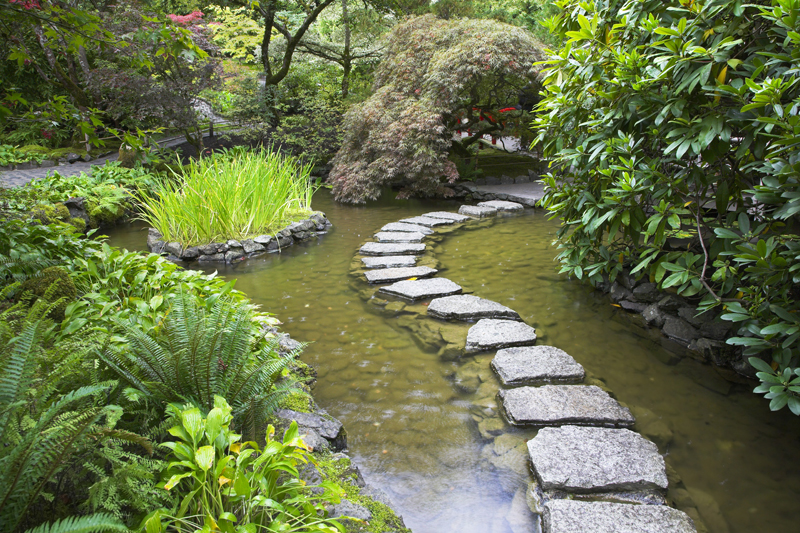Desert Ecosystems

Searing heat, vast dunes of sand and the occasional camel caravan. All the trademark features of a desert. Right?
Wrong. Well, sort of wrong. While sun and sand tend to be the first things that come to mind when we think of the desert, they are not the defining characteristics. There are several cold deserts, and some that don't have much sand.
The one thing that all deserts have in common, and what defines them as deserts, is the lack of precipitation. Deserts are dry. Which means even the icy expanses of the Antarctic are classified as deserts because there is so little precipitation there. Officially, any area that gets less than 10 inches of rainfall per year can be classified as a desert.
Desert conditions can be harsh, and the wildlife that lives there has had to adapt to the lack of water. Both plants and animals have developed many unique ways of handling the climate. Many desert plants are cacti or other succulents, with thick spongy flesh that can store water for long periods of time. To reduce moisture loss through the surface area of broad leaves, cacti have long thin spines instead.
Animals that live in desert areas include birds, insects, rodents, lizards, snakes, mammals and more. The number of adaptations are too many to number, but the most common is that these animals are usually nocturnal. They sleep in burrows or other shady places to avoid the worst heat of the day (in hot deserts, that is) and become active in the cool night. This tends to give the impression that deserts are barren because there is so little activity during the day. In fact, deserts are filled with plants and animals. I was even surprised to find out that only rainforest environments have more species diversity. Deserts are just teeming with life.
And while we’re dismissing desert stereotypes, the endless dunes of flowing sand aren’t that typical after all. Even the Sahara desert, which is the largest in the world, is only about 30% sand. Other desert landscapes include gravel plains, salt flats, stone plateaus and rocky outcroppings.
Major Deserts of the World
Wrong. Well, sort of wrong. While sun and sand tend to be the first things that come to mind when we think of the desert, they are not the defining characteristics. There are several cold deserts, and some that don't have much sand.
The one thing that all deserts have in common, and what defines them as deserts, is the lack of precipitation. Deserts are dry. Which means even the icy expanses of the Antarctic are classified as deserts because there is so little precipitation there. Officially, any area that gets less than 10 inches of rainfall per year can be classified as a desert.
Desert conditions can be harsh, and the wildlife that lives there has had to adapt to the lack of water. Both plants and animals have developed many unique ways of handling the climate. Many desert plants are cacti or other succulents, with thick spongy flesh that can store water for long periods of time. To reduce moisture loss through the surface area of broad leaves, cacti have long thin spines instead.
Animals that live in desert areas include birds, insects, rodents, lizards, snakes, mammals and more. The number of adaptations are too many to number, but the most common is that these animals are usually nocturnal. They sleep in burrows or other shady places to avoid the worst heat of the day (in hot deserts, that is) and become active in the cool night. This tends to give the impression that deserts are barren because there is so little activity during the day. In fact, deserts are filled with plants and animals. I was even surprised to find out that only rainforest environments have more species diversity. Deserts are just teeming with life.
And while we’re dismissing desert stereotypes, the endless dunes of flowing sand aren’t that typical after all. Even the Sahara desert, which is the largest in the world, is only about 30% sand. Other desert landscapes include gravel plains, salt flats, stone plateaus and rocky outcroppings.
Major Deserts of the World
- Sahara (Africa)
- Arabian (Middle East)
- Kalahari (Africa)
- Great Western Desert (Australia)
- Mojave (USA)
- Sonoran (USA, Mexico)
- Chihuahuan (USA, Mexico)
- Great Basin (USA)
- Colorado Plateau / Painted Desert (USA)
- Patagonian (Argentina)
- Gobi (Asia)

Related Articles
Editor's Picks Articles
Top Ten Articles
Previous Features
Site Map
Content copyright © 2023 by Terri Paajanen. All rights reserved.
This content was written by Terri Paajanen. If you wish to use this content in any manner, you need written permission. Contact Farjana Amin for details.






